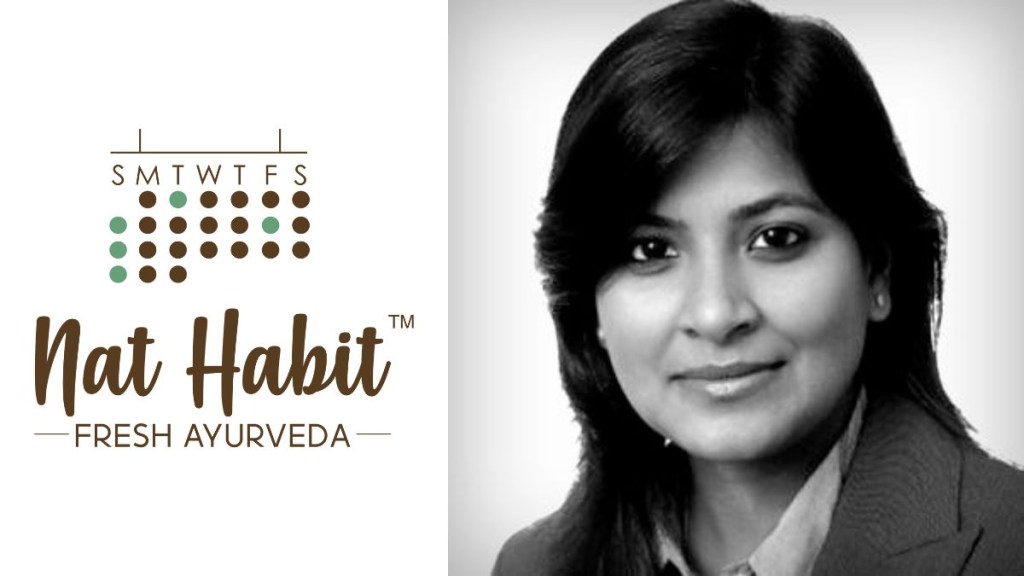Beauty has no boundaries. So does the beauty and personal care industry in India. This is evident from the growing number of beauty and personal care brands. The beauty and personal care market in India is projected to generate a revenue of $31.51 billion in 2024, as per a report by business intelligence platform, Statista. The report further suggests that the market is expected to witness an annual growth rate of 3.00% compound annual growth rate (CAGR) from 2024 to 2028.
Nat Habit’s revenue from operations increased 2.4X to Rs 39 crore in FY23 from Rs 16 crore in FY22, as per the regulatory filings accessed by business intelligence platform, Tofler. The company’s net loss widened 3.5X to Rs 17.59 crore in FY23 from Rs 4.99 crore during the same period in the preceding year. Interestingly, the company did not mention its advertising and marketing expenses in the filings. In a conversation with BrandWagon Online, Swagatika Das, co-founder, Nat Habit, spoke about the growth journey of the brand besides its future plans. (Edited Excerpts)
How has been the growth journey of Nat Habit?
We started in May 2019 when we launched our website, but we had to shut it down because of the pandemic. We resumed our entire business post-Covid in October 2020. In the last three years, we have grown from generating revenue worth Rs 6 lakh a month in October 2020 to about Rs 8 crore a month in December 2023.
Hair care is the most prevalent category for us while the key product changes from month to month. For some months, the key product remains hair-masks and for others, it is hair oil. Overall, more than 50% of our business comes from the hair care category.
What are your expansion plans and expectations for FY25?
We are looking at clocking Rs 300 crore as annual recurring revenue (ARR) by FY25. By that time, we should have a few product launches as well in the hair care category. Products we plan to include are shampoos and conditioners, the segment where we are lacking as of now. There are some more new products in the pipeline which will be confirmed soon.
We also plan to enter into the retail market, but not with our stores. Those are primarily experiments that we have to start with because we have a certain kind of product which requires experimentation with the supply chain. For this, we might require some changes in products and hence just starting early but those are not significant from a revenue perspective.
We expect to be in a fairly comfortable position and reach the break-even point by FY26.
Nat Habits made a revenue of Rs 39 crore in FY23. What is the split percentage from different marketing places such as D2C (direct-to-commerce), e-commerce and retail?
We are not available offline. Thus, the revenue is split between D2C and e-commerce including Amazon, Nykaa and Flipkart. E-commerce accounts for 50% of the revenue and the remaining comes from our site directly. The top 10 tier-1 cities account for 60% of revenue.
What has been the funding journey for Nat Habit so far?
We have investors such as Amazon India Fund, Sharrp Ventures, Mirabilis Investment Trust and Fireside Ventures with us. Recently, we raised $10.2 million in Series B funding led by Bertelsmann India Investments (BII). We have had about three key rounds of funding so far including a $4 million Series A round by Fireside Ventures in 2022.
What are the key trends in the personal care category? How do you see it evolving in the coming times?
Personal care is a fairly old industry and hence the growth is quite muted, but the natural personal care category is growing rapidly, especially in the online segment. With the penetration of the Internet, e-commerce space stays quite high and is going back, that is one trend. The other pieces are the kinds of products that are picking up.
The trend of personalised or customised solutions has faded away a little bit while the trend for serums, lip masks, and hair masks, meaning advanced efficacy on both hair and skin is on the right.
I think the online audience is fairly traditional and quite experimentative, the reason for this is primarily because they are exposed to the online media. The amount of content that exists from the number of brands that they hear about and see, it is bound to happen that they will be experimenting.
As you are present across social media platforms including Instagram, how do you plan to use influencer marketing? What is the split percentage between traditional and digital media? What is the cost of customer acquisition (CAC)?
We primarily use digital media as well as non-conventional digital media but we don’t use traditional mediums for advertising, be it television, radio or print. For instance, we do not have any kind of television commercial (TVC).
Advertising and marketing allow any new player in the market to scale up to a certain stage and so has been the case with us. Our first orders were with basic spends on Instagram even the first sampling that we did was with a handful of Instagram ads. Thus, digital is great for quick access to a certain level to build and maintain relationships with your consumers. About 30% of our consumer traffic is organic that comes from social media platforms such as Instagram and Facebook. Our CAC is between Rs 400-600, depending on the category.

